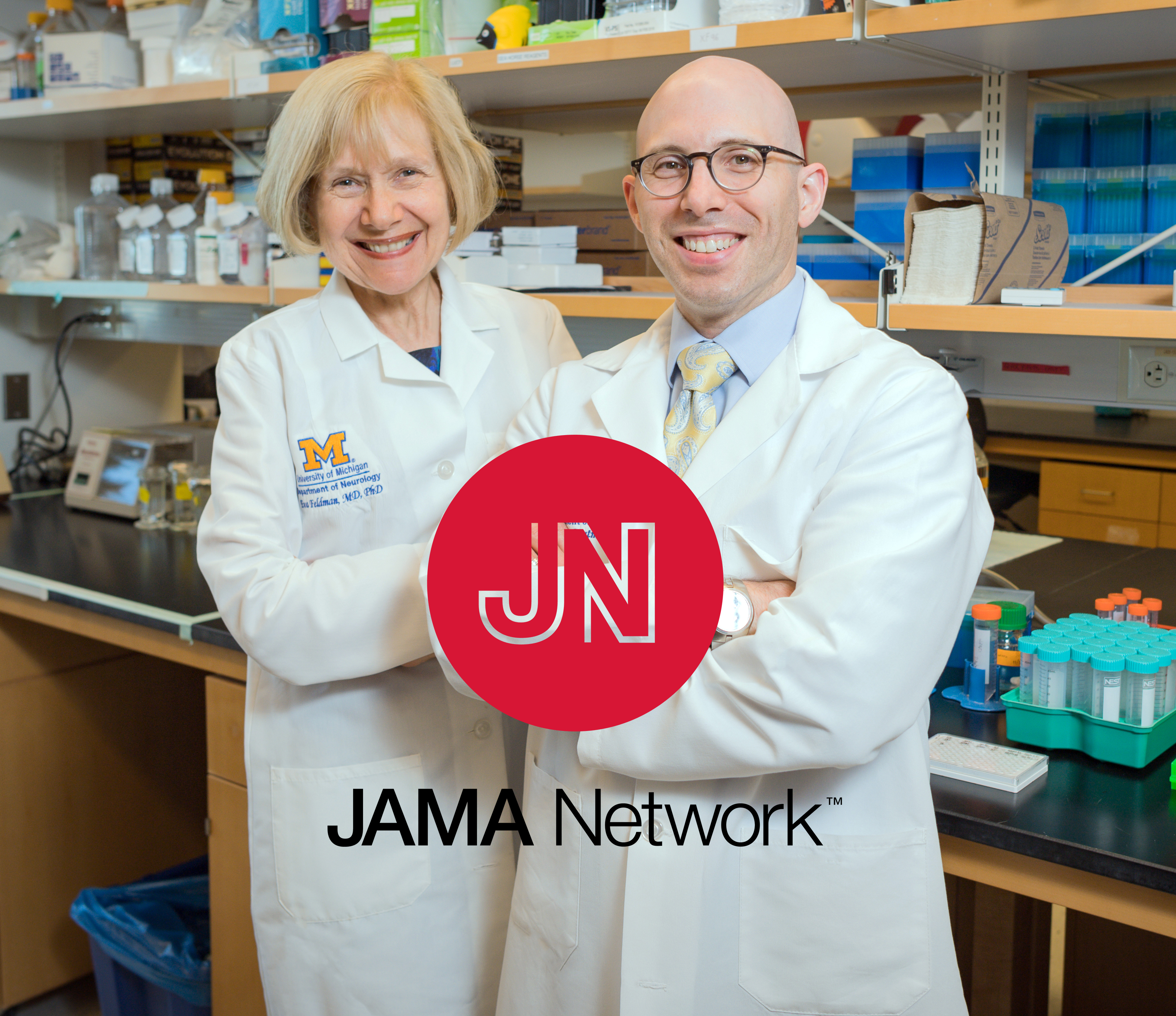Amyotrophic lateral sclerosis (ALS; also known as Lou Gehrig’s disease) involves the degeneration of motor neurons that control muscles, causing muscle wasting and loss of voluntary muscle control. ALS eventually leads to an inability to breathe and ultimately death. ALS occurs in approximately 1 to 4 per 100,000 individuals, and it is estimated that over 30,000 Americans are living with ALS. Each year 6,400 people are diagnosed in the U.S.
- There is no cure for ALS and the disease is fatal.
- Average ALS survival is 2 to 4 years after diagnosis.
- There are two types of ALS: around 90% of ALS cases are not inherited, termed sporadic ALS, while 10% are inherited, called familial ALS.
- Gene mutations linked to ALS have been identified in 70% of patients with familial ALS.
- The cause and mechanism of ALS remain unknown in most cases.
- The rate of ALS is higher in the Midwest than in other parts of the country.
















